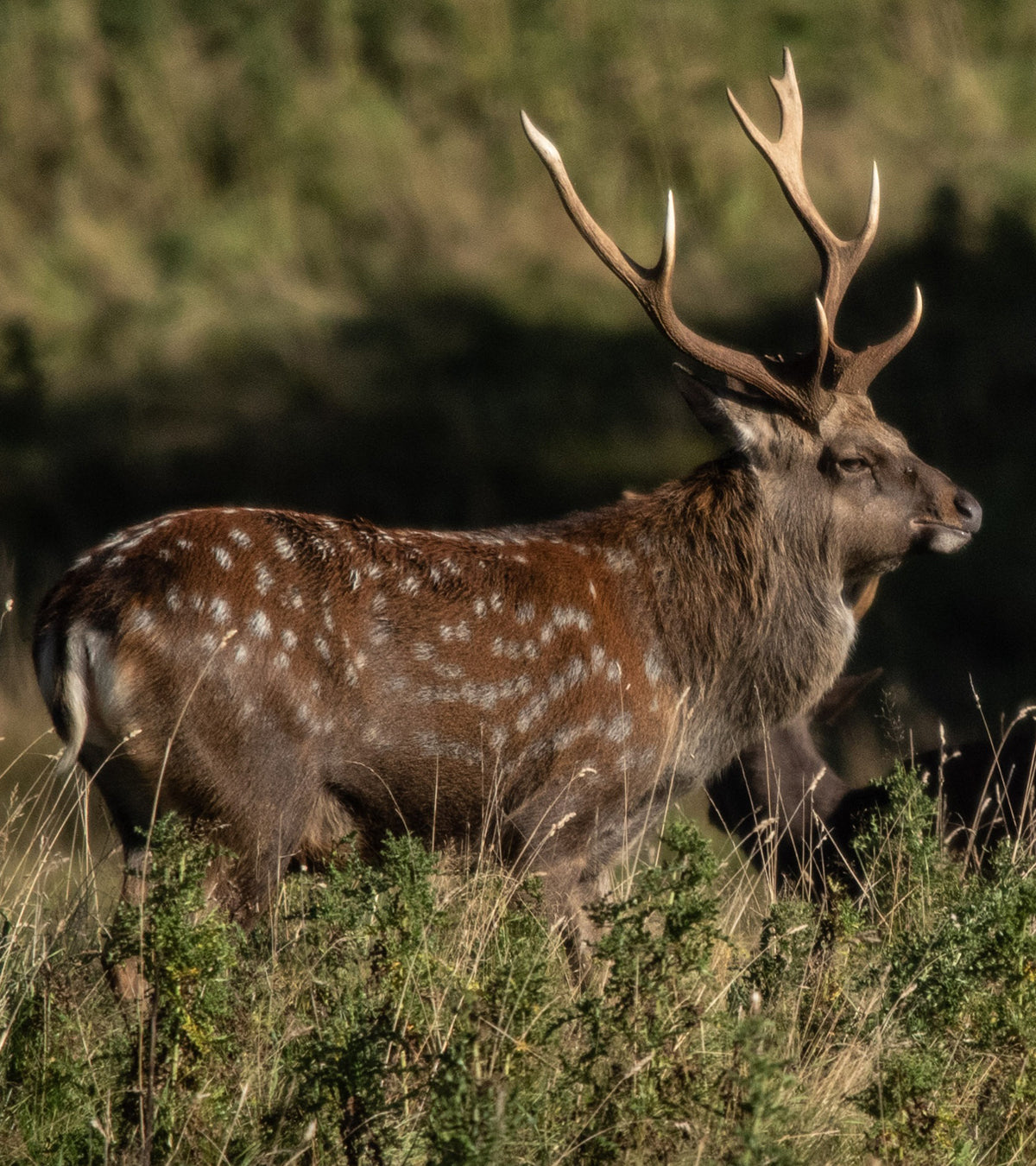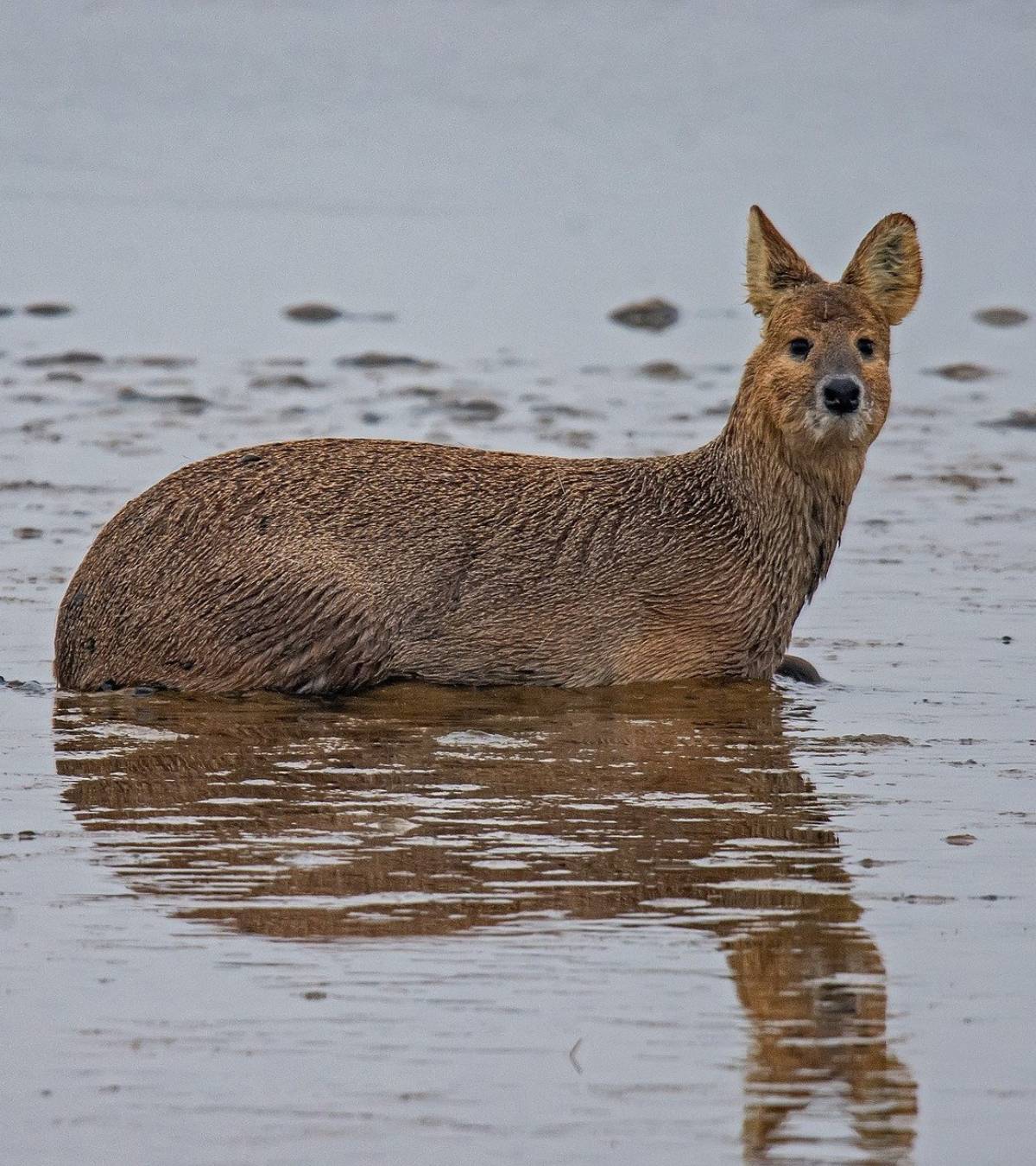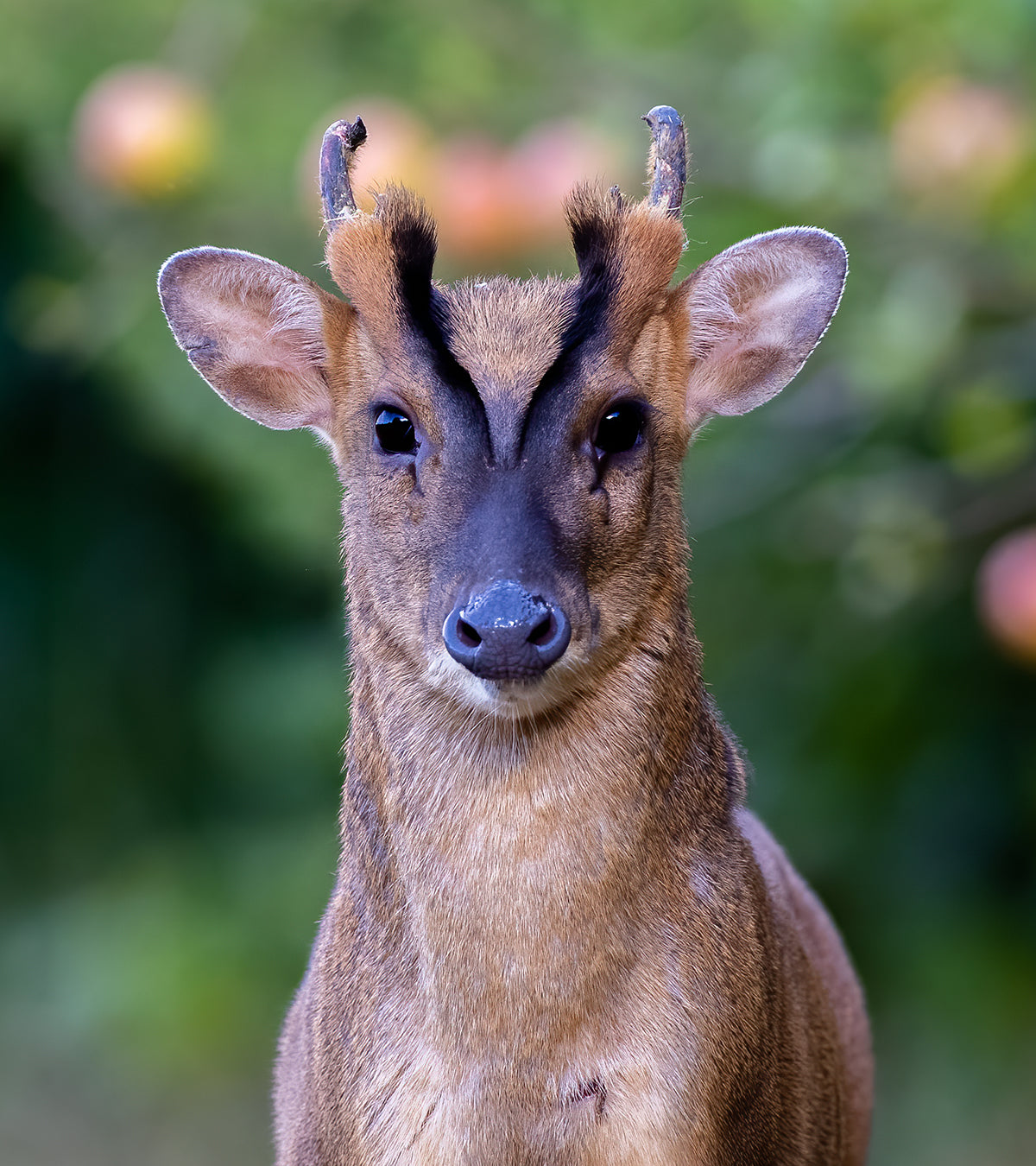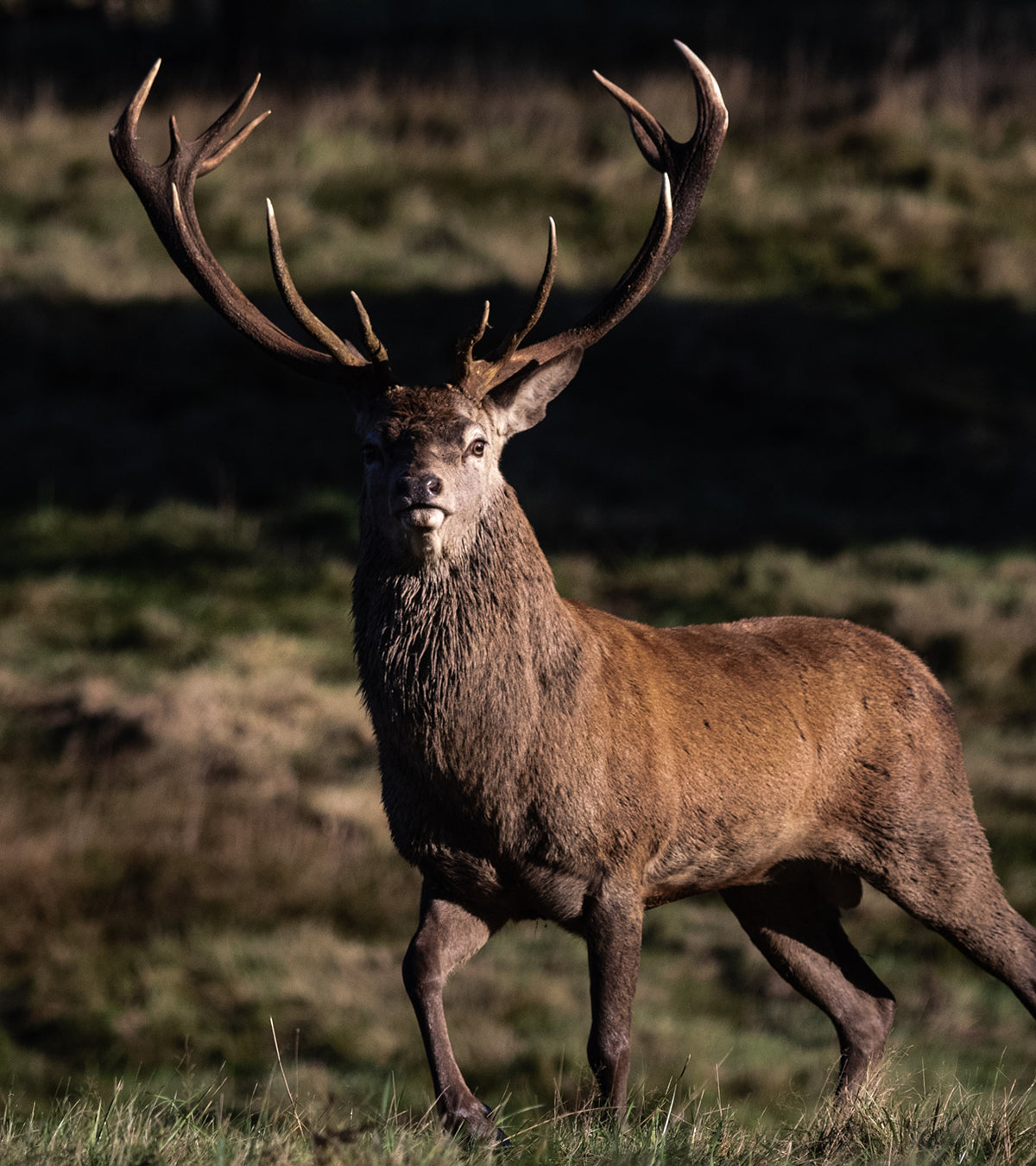The Roe Deer (Capreolus Capreolus)
The roe deer (Capreolus Capreolus) is native to the United Kingdom and has a long history in the region. Present in the British Isles since ancient times, Roe deer are one of the few deer species that survived the last Ice Age.
During the medieval period, roe deer were often considered a valuable resource for hunting, and their presence in the wild was managed to ensure a sustainable population. Historically sought after for their meat and hides, hunting roe deer was a very popular activity among the aristocracy.
By the 19th century, the roe deer population in the UK had declined significantly due to habitat loss, hunting pressure, and changes in land use. In response to this decline, conservation measures were introduced to protect the remaining populations. Efforts were also made to reintroduce roe deer to areas where they had become locally extinct, these reintroduction programs aimed to restore populations and maintain biodiversity.
Today, roe deer are protected by wildlife conservation laws, and their populations are managed to ensure a balance with the ecosystem.
A medium sized deer species, fully grown adult males are typically between 65-80cm tall at their shoulder, weighing up to 30kg. Females are referred to as ‘does’, with the male of the species called a ‘buck’. The UK’s annual roe deer ‘rut’ is from mid-July through late-August, thereafter they return to a mostly solitary lifestyle. Roe deer territories often overlap, while preferring solidarity, it is not uncommon to see small groups (especially in winter) holding near forest edges. The courtship ritual during the rut is impressive to watch, this time also provides hunters an opportunity to call in bucks by making high-pitched whistles or pips. Roe deer are a very majestic animal and a favourite of many British deer stalkers - a unique hunting experience in the height of the British summertime.
Where to find Roe Deer with Jeger Guides & Outfitters?
Now widespread across the UK, roe deer can be found in various habitats, including woodlands, farmlands, and grasslands. They are adaptable animals and have successfully colonised in a range of environments. Their impact on vegetation and tree regeneration is studied by ecologists to manage their populations in a way that is harmonious with the environment.









